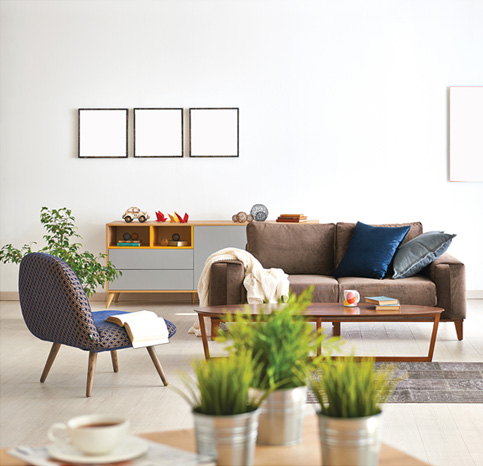
Daylightistanbul Studio/Shutterstock.com
If you’re anything like me, you probably came into this project thinking “It’s just painting a wall, how hard could it be?”. But a visit to the paint store quickly changes your opinion.
Seemingly endless cans of paint line the walls, and they’re all labelled with obscure shades of colours you’ve never heard before and technical terms you don’t understand. Primers, sealers, Medifresh, what does it all mean? Fear not, we’re here to help you break it all down:
1. Primer
Many DIY painters neglect the priming step before painting even though priming is critical in achieving a beautiful paint job. A primer is the first coat of paint applied directly on the surface and can have varying properties such as preventing moisture from reaching the surface, sealing the surface to prevent top coats from absorbing into the surface, and it provides excellent adhesion for subsequent top coats.
For the best results, the surface must be thoroughly cleaned and free from contaminants like dust and moisture. The Nippon Aqua Primer Sealer Undercoat is a water-based all-in-one pre-coat that can be used on many surfaces including concrete, fiberboard, wood, metal and plastic.
2. Sealer
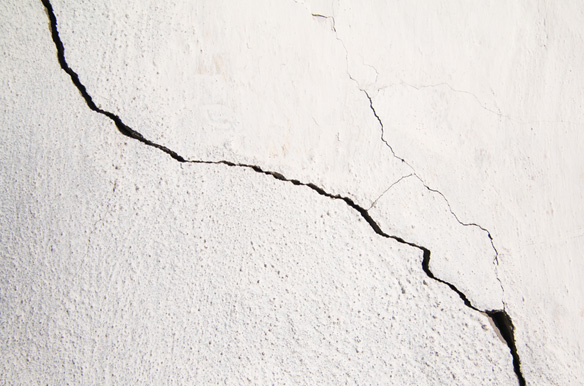
A_l.i.s_A/Shutterstock.com
Sealers are specialised primers used for reconditioning uneven surfaces for a top coat to be evenly applied for a uniform finish. In particular, sealers work well on walls with hairline cracks or holes that have been filled in by putty. Applying a top coat on puttied surfaces creates an uneven finish as putty is more porous than concrete.
Using Nippon’s fast-drying Expresskote Sealer prevents chalking and enhances adhesion of the top coat.
3. Undercoat
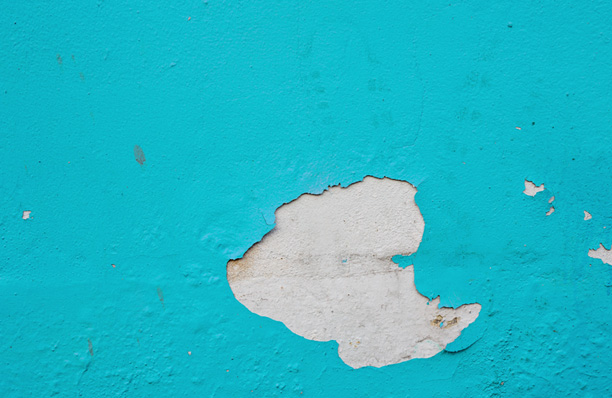
Phattara Heesawat/Shutterstock.com
Undercoats function to seal up surface imperfections and guards surfaces against moisture. While modern primers have rendered undercoats obsolete for walls, it is still important for timber and metallic surfaces to have a layer of undercoat before painting to prevent water damage and corrosion.
Applied after the priming step, the Nippon Bodelac 9000 Alkyd Resin Undercoat is a high opacity and high solid undercoat that conceals and protects timber and metallic surfaces.
4. Top Coat
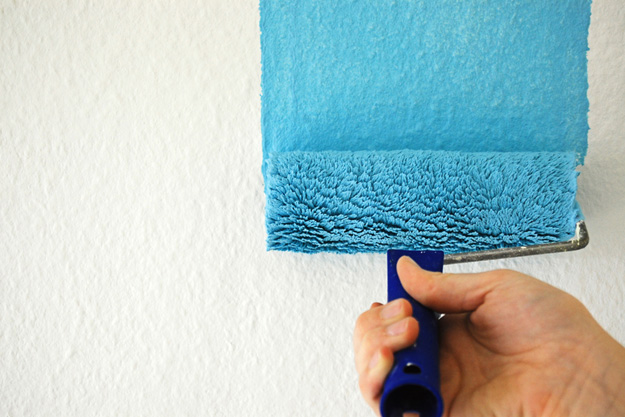
FlorianKunde/Shutterstock.com
After taking steps to prime and undercoat surfaces, the top coat comes in. This is the actual paint you want to see on your walls or furniture. For an excellent finish, it is recommended that you apply the top coat twice. Nippon Paint has a wide range of paints meant for indoor and outdoor surfaces as well as wooden and metallic surfaces.
5. Odour-less
Besides having a pungent smell, paint can actually be really harmful! Excessive intake of paint fumes can trigger asthma or even worse, memory impairment.
Nippon Paint’s Odour-less range reduces the Volatile Organic Compound levels to almost zero. This means almost no paint odour will be present during and after painting and your sanity and lungs will stay in one piece. Save your N95 mask for a rainy day!
6. Anti-Mould
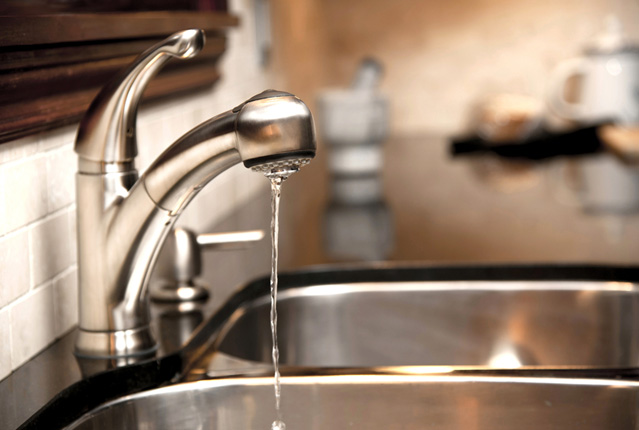
Justek16/Shutterstock.com
Damp areas have a tendency of experiencing mould. By using Nippon Paint Odour-less Anti-Mould Ceiling White, the ceilings of high-moisture areas like kitchens and bathrooms can be protected against unsightly mould.
7. Easy Wash
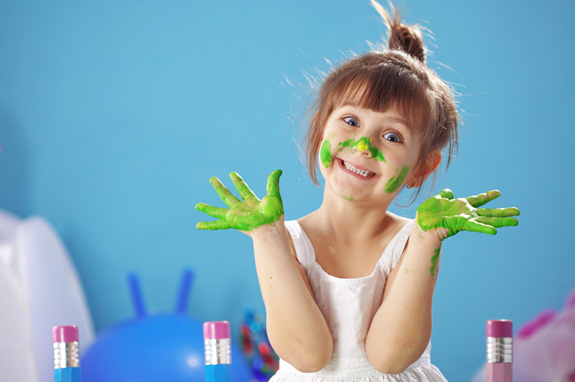
Alena Ozerova/Shutterstock.com
If you require washable walls because of messy children, Nippon Paint EasyWash & Clean (Low Sheen) resists stains and allows you to wash off dirt without ruining your meticulous paint job.
8. Medifresh
Nippon Paint 3-in-1 Medifresh comes with an anti-bacterial formula that lasts up to 5 years against harmful bacteria like MRSA, E. Coli and Staphylococcus aureus, which can trigger asthma or cause flu and diarrhoea.
9. SolaReflect
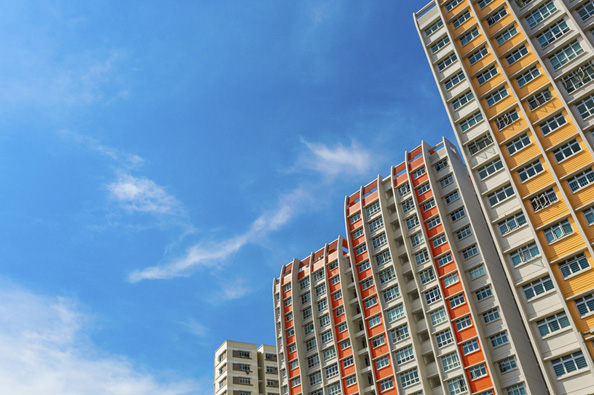
Andrew Lam/Shutterstock.com
Living in Singapore means having to deal with year-long heat and sun. Nippon Paint SolaReflect is an exterior paint that prevents heat build-up by reflecting infrared heat away from your home. It can cool your house down by up to 5°C.
10. Weatherbond
Exterior surfaces require more durable paints which can withstand rain, humidity, dirt, fungus and algae, especially in Singapore where the weather can be unpredictable. Nippon Paint Weatherbond Algaeguard is a high-performance exterior paint that gives your walls a tough but lustrous finish.
Good luck on your DIY painting project today!
Not All It's Cracked Up To Be: Cracks on the Wall and What to Do With Them
